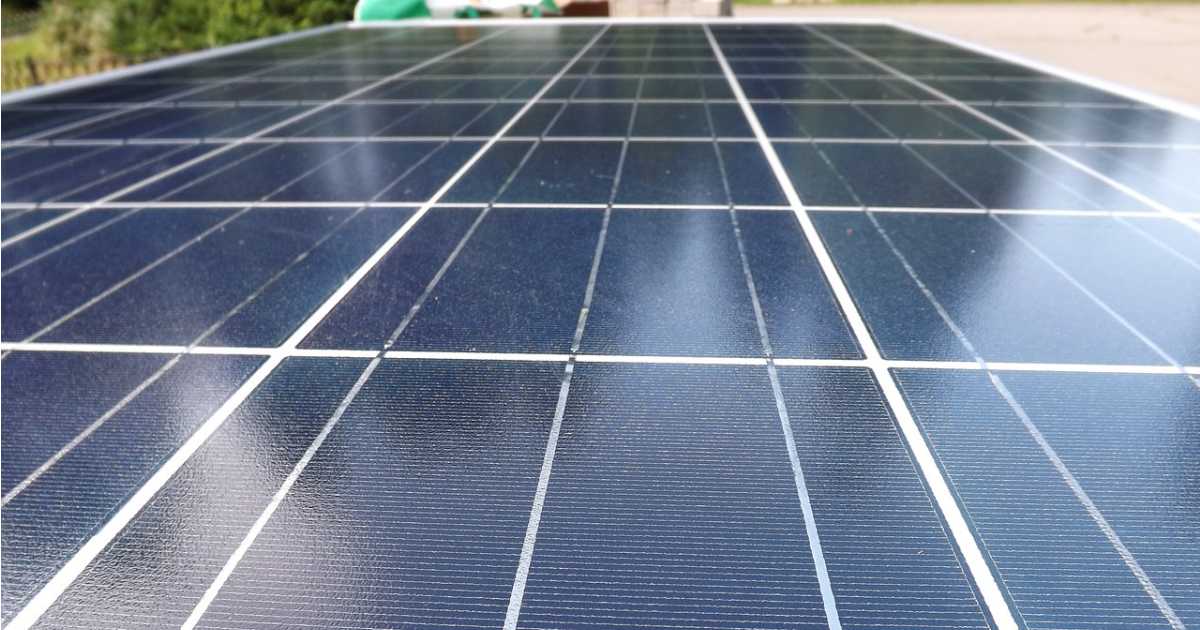
Image: Seagul
Australia is set to have another huge year for small-scale solar installations according to figures and a forecast released by the Clean Energy Regulator yesterday.
In its small-scale1 technology certificate market update for October, the Regulator notes a 30 per cent increase in installations and 39 per cent increase in capacity as at 30 September 2019, compared with the same period in 2019.
“This year the increase in system sizes is driven by a quadrupling of installations sized between 6.5 – 7kW,” it states. “Systems in this size category represent 39 per cent of systems installed this year.”
Bigger solar is (usually) better. Most Australian households have single phase power and are only allowed to install a maximum of 6.66 kilowatts of solar panels (generally speaking) without complications.
Here at SolarQuotes, we’ve certainly noticed an ongoing uptick in interest in bigger home solar power systems. As our October auSSII report mentioned, 73% of Australians who used our service in September and who had a system size in mind were requesting details on systems 6kW or larger.
The Regulator forecasts around 300,000 small-scale solar power installs will occur this year if current installation rates continue, for a total capacity of 2,200MW.
Comparison To Previous Years
Let’s take a look at how that 300,000 figure would stack up against installation totals since 2010, when Australia’s residential solar revolution started really kicking into gear:
- 2010 – 198,208
- 2011 – 360,745
- 2012 – 343,320
- 2013 – 200,407
- 2014 -180,139
- 2015 -141,499
- 2016 – 132,694
- 2017 – 174,910
- 2018 – 224,565 – probably a bit higher as there’s a 12-month STC creation window (STCs briefly explained below).
While installation totals were significantly higher in 2011 and 2012 than the number forecast for 2019, the total installed capacity for 2019 will be higher than either of those years. The average system size in 2011 was around 2.5kW and in 2012 approximately 3kW according to APVI, and this year it’s above the 7kW mark.
The Regulator must be expecting a big bump in STC creations for systems as according to this page, just shy of 176,000 were accounted for as at the end of September.
What Are STCs?
STCs – Small-scale Technology Certificates – are the instrument on which Australia’s “solar rebate” (actually a subsidy offering a point of sale discount) is based. The number of STCs a system is eligible for is determined by its solar panel capacity, installation location and year of installation. The highest value STCs can reach are $40 each and the lowest, $0. The lowest the STC price has ever been is around $17.50.
The Regulator’s update notes the average price of STCs to September 30 has been sitting at $37.00, so it’s also been a pretty good year in that regard for home solar buyers.
Solar Subsidy Reduction Ahead
Even if STC prices remain around the $37 mark, from January 1 next year the value of the rebate will drop in line with the Small-scale Renewable Energy Target (SRET) phaseout schedule. The reason for this is the number of certificates accompanying each system will decrease.
For example, a 6.5kW solar system installed in Adelaide on December 31 this year would be eligible for 107 STCs (value around $3,959 @$37 per certificate). That same system installed on January 1 will be eligible for 98 certificates (~$3,626).
Depending on installation pipelines, some solar companies may start factoring that reduction into quotes reasonably soon. However, perhaps offsetting some/all of the subsidy reduction impact are the continued reduction in the cost of solar panels and other components, along with improvements in installation efficiencies.
Footnotes
- “Small-scale” refers to solar power systems <100kW capacity ↩

 RSS - Posts
RSS - Posts



Speak Your Mind